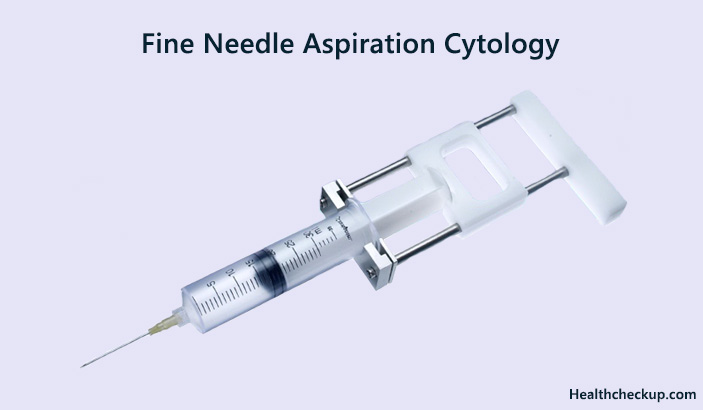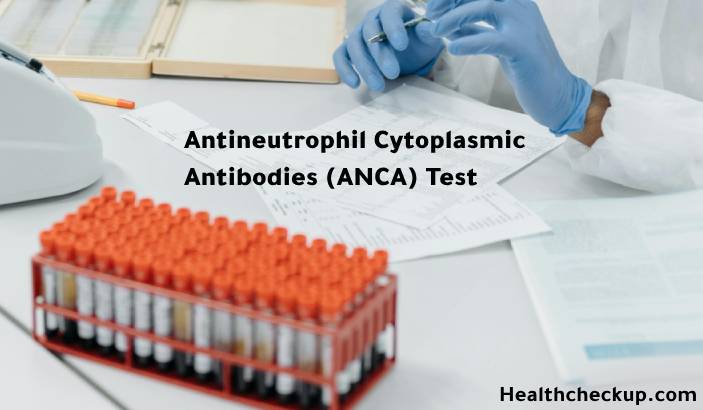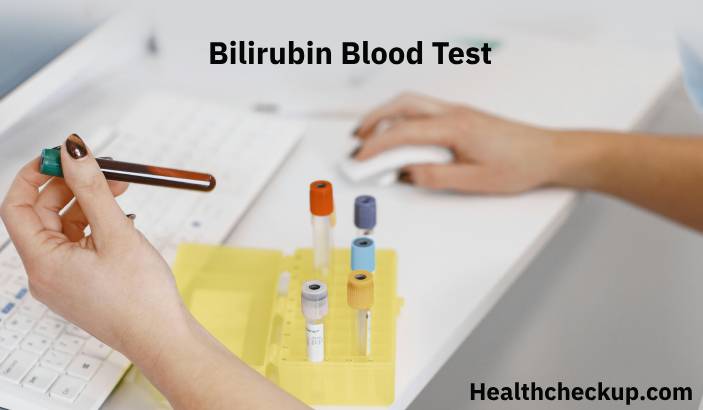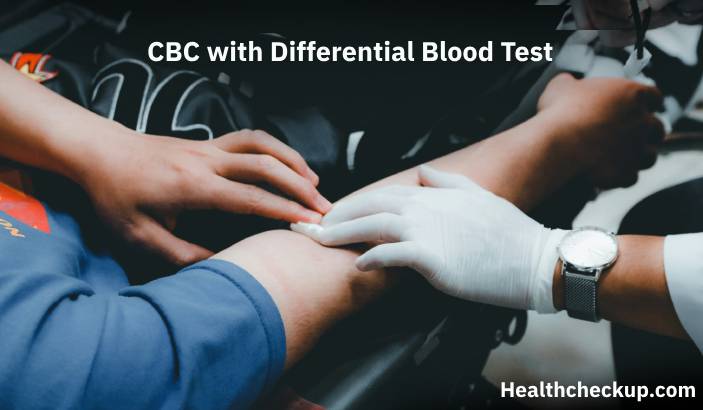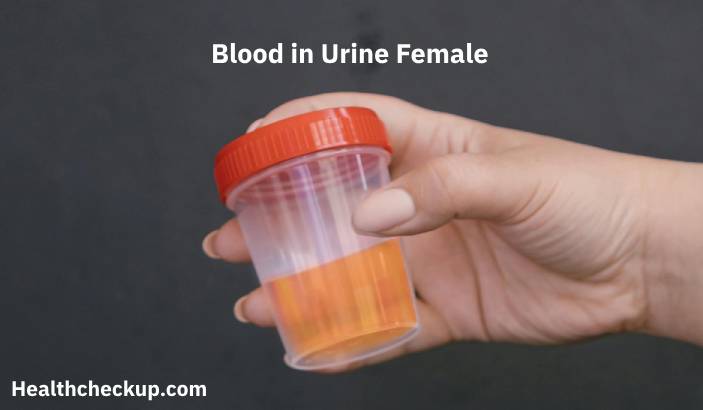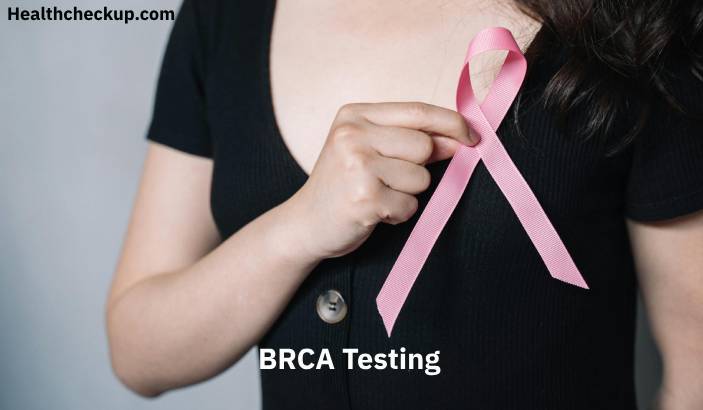Fine Needle Aspiration Cytology (FNAC) is a procedure to perform medical diagnosis on masses, tissues and lumps. Samples are usually collected using thin hollow needles of about 23-25 gauge. These samples are then used for microscopic examination. In this article, we have put together excellent information for you about what is fine needle aspiration.
Fine needle aspiration cytology technique is a cheap, simple and quick procedure. Minimal complications or side effects are experienced. There is no psychological trauma associated with this diagnostic procedure.
When is Fine Needle Aspiration Cytology Done?
Fine needle aspiration is done on swellings that are underneath the skin. It is done for a number of reasons, based on what your doctor suspects you are ailing from. The major reasons you will find your healthcare provider asking to use the FNAC technique of diagnosis are
- To examine swellings and lumps that could be cancerous.
- For known tumors, samples are taken for further studies. It is also done to establish the effect of prior treatment.
- To investigate an organ or tissue that is not in its original form, state or functioning.
A surgeon or a Cytopathologist usually carries out the biopsy on the realization of a lump. Doctors are able to feel the lump during their tests. The FNAC procedure is short and precise. A Radiologist may be present during the procedure to reinforce the team of professionals attending to you.
Mammograms and CT scan imaging tests are sometimes used to discover abnormalities of organs deeper in the body. After undergoing an Ultrasound, Mammogram or CT scan, your Cytopathologist might still need to do a needle biopsy. This helps to know if your swelling is of any harm to your health.
Fine Needle Aspiration Cytology for thyroid is also useful to doctors. It is normally carried out on thyroid nodules when they are suspected to be abnormal. Other organs where this diagnostic technique is used include fine needle aspiration cytology of lymph nodes and fine needle aspiration cytology breast.
Preparations Before Fine Needle Aspiration Cytology
A number of Preparations need to be done prior to undertaking the procedure. Consult a medical care specialist about the preparations that you may need. Your doctor and cytologist will give you excellent guidance on any preparations needed. Fine needle cytology preparations for the patient are often precautionary. They include
- One week prior to the procedure, avoid the use of anti-inflammatory drugs, non steroids or even aspirin.
- Do not eat before the procedure is undertaken.
- If sedative drugs are to be administered, ensure that you have someone to drive you.
Fine Needle Aspiration Procedure
The skin surface where a sample is to be collected is cleaned using an antiseptic solution. The muscle, fat layer and the skin are then desensitized using a local anesthetic. Use of anesthesia may not be important, especially with outward masses. Using palpation or x-rays, a fine thin needle is inserted into the lump. A number of needles may be used.
Inserting and withdrawing of the needle may be done a couple of times with one needle acting as a pilot. Using a pilot-needle helps the Cytopathologist acquire an exact position. It also helps them get adequate cells for the tests to be carried out.
A syringe is used to remove the cells through the process of aspiration. These cells are then placed on a glass slide and spread. The patient’s important medical signs are then taken and recorded again. The patient is also observed for between 3 to 5 hours.
An ultrasound is used to guide fine needle aspiration. It is especially recommended to use ultrasound guidance in biopsies done in the chest cavity.
General Fine Needle Aspiration Cytology Result
A microscope is used to examine the specimen collected with fine needle aspiration. A pathologist then compiles a report that contains all the details of cell types seen. Your attendant doctor will read the report and explain to you if the cells are cancerous. It is important to put in mind that, lumps or masses does not always mean you have cancer.
Samples From the Aspiration Biopsy are Described as:
- Benign – The examined cells are non-cancerous.
- Indeterminate – Results are uncertain and therefore a surgical biopsy will need to be carried out.
- Malignant – The results are positive. Cancerous cells are present. There is also the possibility that cells have spread to several places within your body. Further tests might be required to determine the extent of disease spread.
FNAC Diagnostic Principles and Dilemmas
Needle aspiration in diagnostic use aims to be minimally invasive. It is guided by the general principles that apply in medical practice. Some principles of surgery may also apply. Aspiration is hoped to be as painless as possible.
Dilemmas in fine needle aspiration are few. They center on limitations, potential complications and contraindications. These dilemmas revolve around medication before aspiration and the ability of fine needle aspiration to capture tissue architecture. Your doctor is aware of all these dilemmas. Your safety and well-being are assured as you undergo fine needle aspiration.
A fine needle aspiration is a great tool for diagnosis. Its use is guided by the history of the patient and the symptoms you present. When a needle biopsy is done, ensure that you protect the injected area with a bandage as instructed by the surgeon. It is alright if you experience some mild pain for not more than a day or two after undergoing the fine needle aspiration procedure.
Medically Reviewed By

Professionally, a trained Microbiologist and Plant operator, Eustace is an experienced health content writer who is passionate about helping people lead a healthy life.


